Cool Jobs: Saliva offers a spitting image of our health
Emerging insights point to saliva’s role in health, in what we taste and in hidden disease
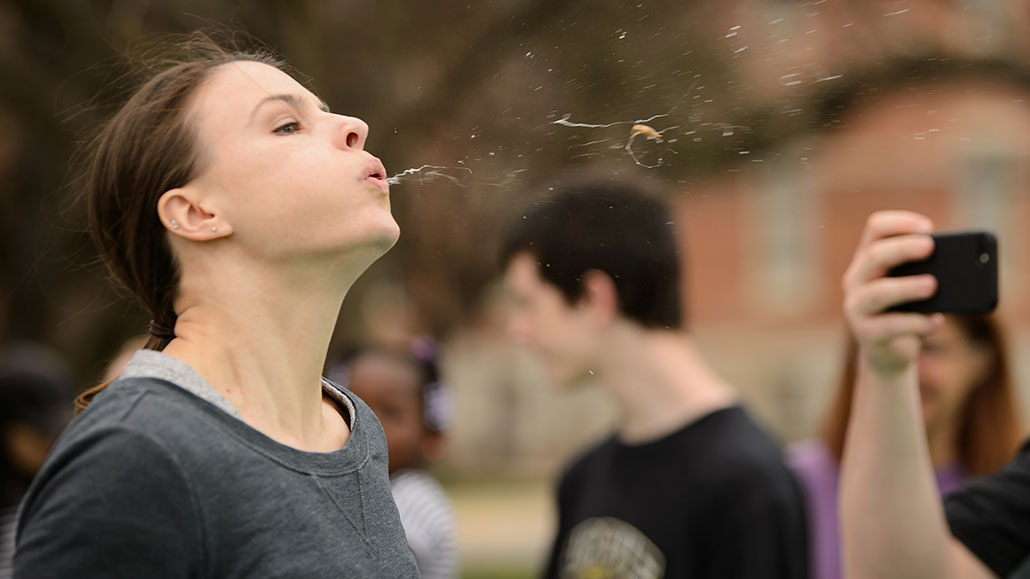
Lots of saliva helps contestants get good distance at Purdue University’s annual cricket-spitting contest in West Lafayette, Ind.
Rebecca McElhoe/Purdue University
Purdue University has again canceled its annual cricket-spitting contest. It’s not safe yet, due to the coronavirus pandemic. If it resumes in 2022, though, insects again will be far from the only thing flying through the air. Lots of spit will spray out, too.
“Getting saliva on the cricket makes it more aerodynamic,” notes Thomas Turpin. He’s the retired insect scientist who started the contest 25 years ago at Purdue’s campus in West Lafayette, Ind. The goal: Spit a partially frozen cricket as far as you can.
No one at Purdue has analyzed the cricket contestants’ spit. But it’s probably more watery than the saliva in your mouth when you rest or drool, says Lissa Davis. It also would have flowed faster from the saliva glands. It might host a different mix of proteins as well. Davis is a graduate student at the university’s SPIT Lab. Food scientist Cordelia Running heads this lab, whose acronym stands for Saliva, Perception, Ingestion and Tongue.
Even psychology can affect how much spit your mouth makes. Several years ago, Running and a colleague learned that people spat out more of a test liquid if they thought it was an extract of rabbit hair instead of tea. That’s not necessarily the case for cricket spitting. “But if people were grossed out by having a cricket in their mouth, they might have tried harder to spit it out,” Davis says.
Saliva seeps and swishes around our mouths all the time. Most of us don’t give it much thought. But a growing cadre of scientists sees saliva as a font for important research. Their recent findings have been shedding light on how saliva is made, how it interacts with our sense of taste and how it can help diagnose when things go wrong inside us.
Welcome to spit science.
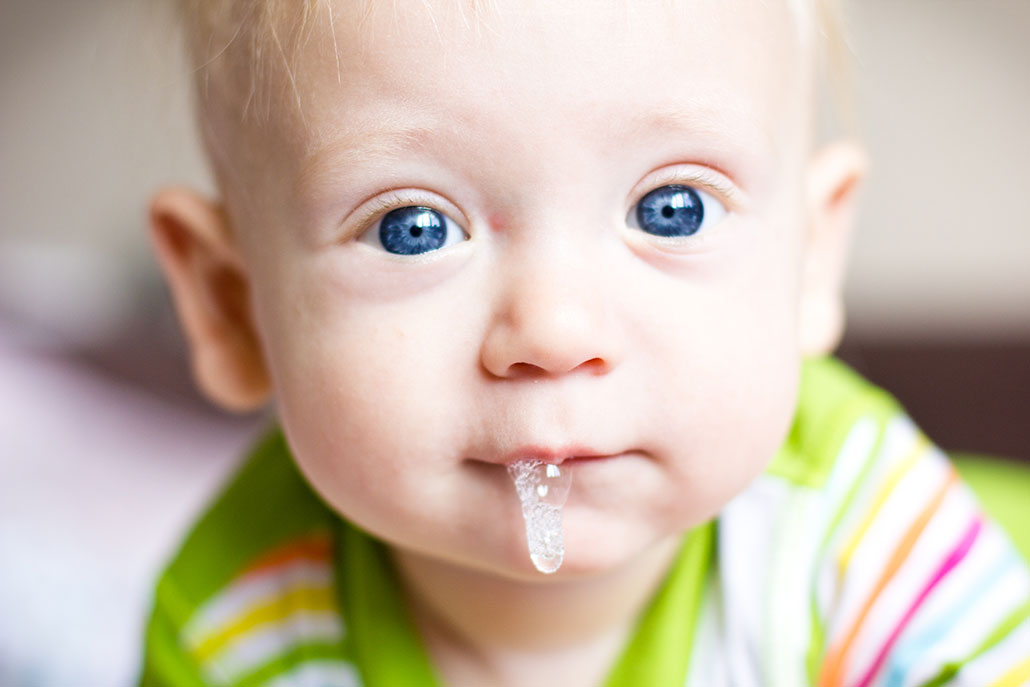
What’s in saliva?
The average adult produces about a liter (1.1 quarts) of saliva per day. Over a lifetime, that “compares to about the size of a tank truck,” says Stefan Ruhl. We’re talking about some 26,500 liters (7,000 gallons), a volume that would fit into a typical U.S. milk tanker trailer.) Ruhl is a dentist and oral biologist who works at the University at Buffalo in New York.
Saliva production is highest during the day, especially at mealtimes. About 99 percent of that goo is water. The rest is mostly proteins and salts. Most of our spit comes from three major pairs of salivary glands: one pair under the tongue, another pair beneath the jaw and a third pair near the back of the jaw and in front of the ears. Many minor glands secrete saliva, too. Tissues lining our mouth and the plasma in our blood add tiny amounts of material to all that saliva. The plasma gets in where teeth jut out at the gums, Ruhl explains.
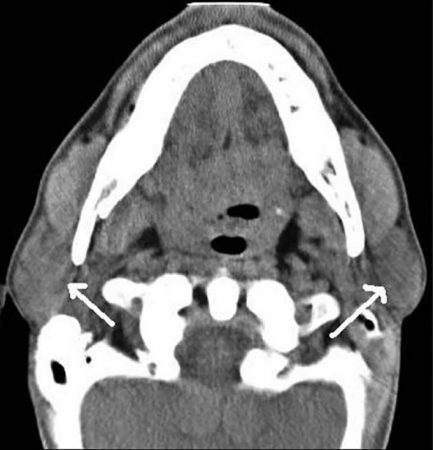
He and others recently showed where the saliva glands get some of the major proteins they put into human saliva. This work offers clues to the role of certain genes. After all, genes tell cells which proteins to make and when. Details about their roles are coded into parts of our DNA. This study also paves the way for more investigations into how saliva evolved in humans and other species.
Ruhl’s group shared these findings in the November 17, 2020 Cell Reports.
Saliva’s water and other chemicals have many roles. For one, saliva acts like a gatekeeper. “It keeps the bad stuff out,” Ruhl says, and “lets the good stuff in.” Some chemicals in our spit help with healing and protect against infection. And by acting like a buffer, or shield, saliva protects teeth from too much acidity.
Saliva also provides a moist home for our mouths’ microbiome (MY-kroh-BY-ohm). That’s the group of bacteria and other organisms that live there. Most are harmless, although some bacteria do cause cavities and other problems. In fact, good microbes can crowd out more dangerous ones, such as fungi, Ruhl notes.
Finally, saliva helps us eat. As our mouths water, saliva not only softens and shapes food into wads but also helps us swallow them. That’s thanks to mucins (MYOO-sins), Ruhl says. These long strings of amino acids have sugars jutting out from them, like bristles sticking out from a bottle brush or mascara brush. Mucins reduce friction, making food slippery enough for us to swallow. Mucins also help keep in moisture. That keeps tissues in our mouths from drying out.
Then there’s amylase (AM-ih-lace), an enzyme in saliva. It helps break down the starches we eat. Starches start out as long chains whose links consist of sugars. Amylase helps cut those chains into pieces. Without this, Ruhl explains, “you would chew on a piece of bread, but you would not taste the sweetness.” That enzyme may also send signals down to the gut, he notes, telling it to get ready for incoming starches that will need to be digested.
Chocolate milk and more
Research at Purdue’s SPIT Lab looks more closely at how saliva affects our taste experience. Saliva “mixes with food when you eat it,” Davis points out. Chemicals in that saliva may react with our meal. Research about these interactions could help scientists figure out ways to help people choose healthier foods.
For example, many people avoid vegetables that taste bitter. That’s especially true for young children, Davis says. Some poisonous plants are bitter, she notes, so we may have evolved receptors in the mouth to alert us to bitter compounds so that we can avoid potential poisons. Genetics could play a role as well.
One group of chemicals that activates our tongues’ bitter-taste receptors are polyphenols (PAHL-ee-FEE-nuhls). They’re in broccoli, spinach and some other vegetables. They also show up in beer, wine, coffee and chocolate. SPIT Lab researchers want to know how saliva may affect the way we perceive foods rich in these compounds. They wondered if there might be ways to change those taste sensations over time.
In one study, people drank different beverages for much of a month. During one week they drank three glasses each day of almond-based chocolate milk. Another week the drink was made with cow’s milk. On a third week, they drank no chocolate milk at all. After each week, these people provided samples of their saliva. An analysis showed significant changes in the relative share of 96 proteins in that spit.
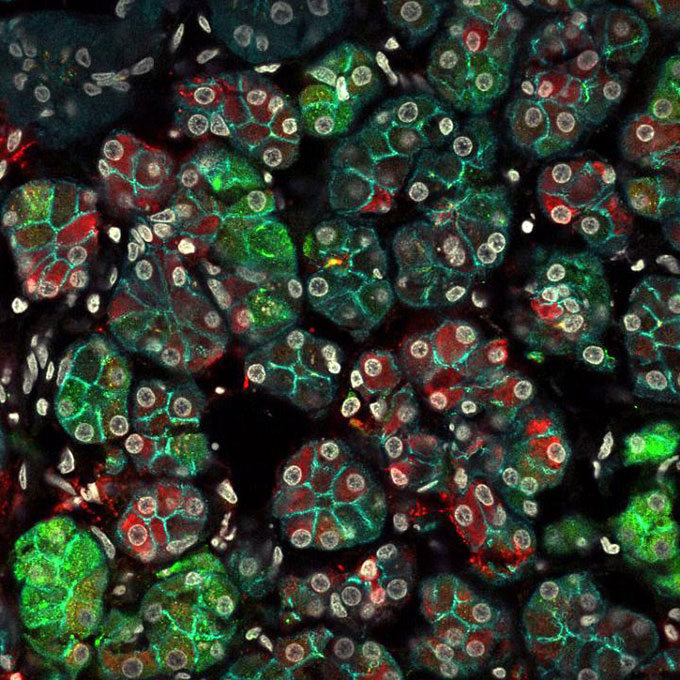
This suggests our bodies change the recipe of proteins in our saliva in response to what we regularly eat or drink. Says Davis, “It would make sense that your body would kind of adjust to make that sensation more pleasant for you.”
Together with SPIT Lab researcher Ciera Crawford, Running shared these findings last October in Physiology & Behavior.
Their data don’t show how much the protein changes might alter what foods taste like. In fact, people reported little change during the study in their sense of the milk’s flavor. However, many people already liked chocolate milk. In contrast, Davis had trouble recruiting volunteers for a related study. Those people would have been drinking “bad versions of tea” for a month.
SPIT Lab researchers hope to focus more closely on the role of certain proteins in saliva. Also, Davis adds, “not every vegetable is inherently bitter.” She hopes to zero in on how saliva may interact with other types of compounds in foods, including ones with “an element of gross.”
Spit can even help diagnose disease
Sure, we’ve all heard of saliva tests to sample for DNA, and even sometimes COVID-19. But such tests are now expanding into brain injuries, such as concussion. Its symptoms can include headaches, nausea, double vision and dizziness. A patient may also have problems with memory, concentration or sleep. Sometimes symptoms do not show up right away. What’s more, children and teens don’t always report symptoms accurately. Better detection could help with treatment and make sure patients get time to heal.
Steven Hicks is a pediatrician at Pennsylvania State College of Medicine in Hershey. He notes that when a concussion occurs, levels of certain signaling molecules in the nervous system may change. Known as micro-RNAs, or miRNAs, they tell cells to make or stop making proteins for different jobs. Hicks was part of a team that analyzed some of these miRNAs that are released into saliva by cranial nerves in the head.
This study analyzed saliva from 538 people. Most were under 25 years old. The researchers knew which people had sustained a concussion. They used data from the first 400 or so to create a computer model. It helped the team know which types of miRNA were more likely to be in the saliva of patients who had sustained a concussion.
The computer model then used machine learning to look for four telltale miRNAs. “We tested that model in a whole different set of 150 adolescents,” Hicks says. The results compared well with doctors’ diagnoses made without the model.
Saliva tests probably won’t replace current concussion analyses in children and adults, Hicks says. These include brain scans, blood tests and watching for symptoms. The team’s test could, however, help as an additional screening tool. It might also help diagnose concussions in people who are unconscious.
The team described its findings last October in the International Journal of Molecular Sciences.
Parents have told Hicks they really appreciate when he doesn’t have to stick needles in their kids’ arms. Several years ago he wanted to do a study on autism. This family of disorders affects how the brain develops. Only one parent would let Hicks’ team draw a child’s blood for research. So the team looked into saliva as an alternative.
Genetic factors seem to play a large role in autism. Studies also suggest that the gut’s microbiome could be involved. Hicks and others used saliva to test the mouth’s microbiome. They found that this community of microbes in 346 young children with autism differed from that in children without autism. If such oral testing could lead to earlier diagnoses, affected children can get help sooner. Hicks’ group reported its findings three years ago in Autism Research.
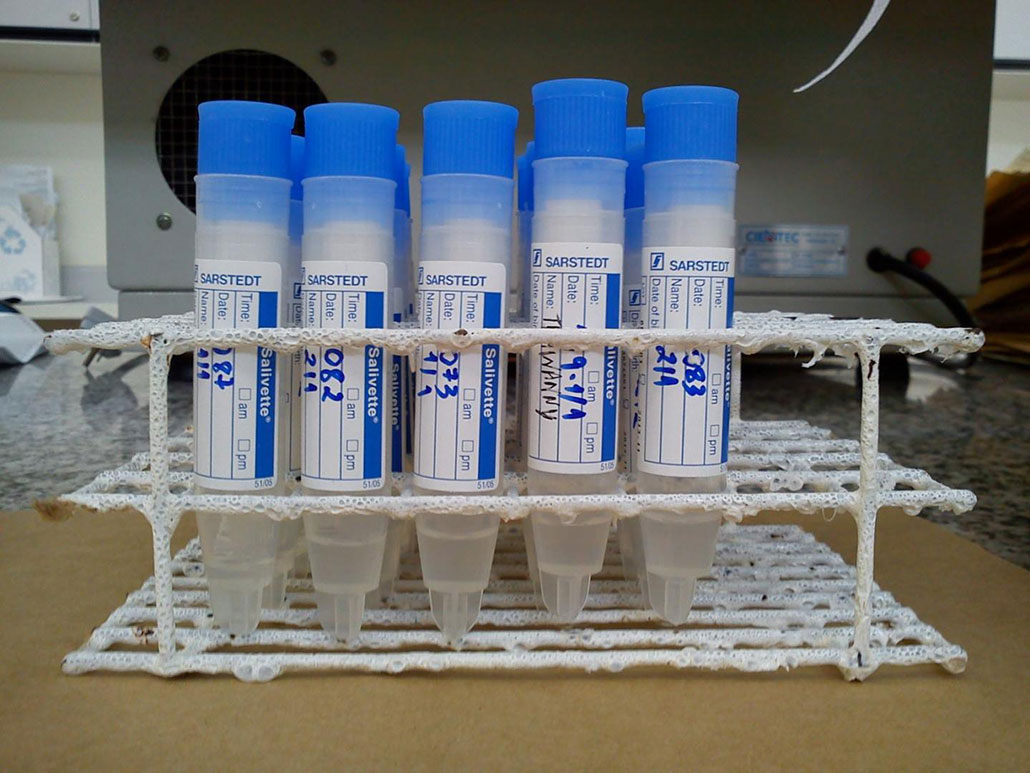
Other recent studies suggest saliva can help screen for marijuana use or help diagnose type 1 diabetes. And Brazilian scientists showed how uric acid in saliva can help estimate the build-up of body fat in teens. Our bodies produce the acid as it digests certain foods. That study appeared in the February 2020 Nutrition Research.
Saliva can even help scientists gauge anxiety, notes Nattinee Jantaratnotai. She works at Mahidol University in Bangkok, Thailand. There, she studies the effects of medicines and other compounds. Levels of the enzyme amylase rise during periods of stress, she says. The same goes for cortisol, a hormone behind the body’s fight-or-flight reaction. So “we can use amylase and cortisol as representatives of stress,” she says. And in contrast to drawing blood, “saliva collection is non-invasive and convenient.”
She and others measured levels of both those chemicals in the saliva of dental patients. They also took people’s blood pressure and pulse. Stress levels were lower overall when people were exposed to the scent of roasted coffee while their teeth were being cleaned. This was in contrast to when dental patients were breathing unscented air. And it didn’t seem to matter if these people normally drank coffee or not. The researchers think the result was due to chemicals in the coffee’s aroma. However, they point out, it was not a double-blind study because people knew when they smelled the coffee.
The Mahidol team shared its findings on January 14 in Scientific Reports.
Scientists have only begun to delve into what most of saliva’s many ingredients do. A “really challenging” aspect of spit science, Davis admits, is that “everything seems to matter.” So much of what we do and experience can affect what goes on in our mouths,” she says, and “potentially influence what’s in saliva.”
That’s why studying this body fluid is nothing to spit at.







